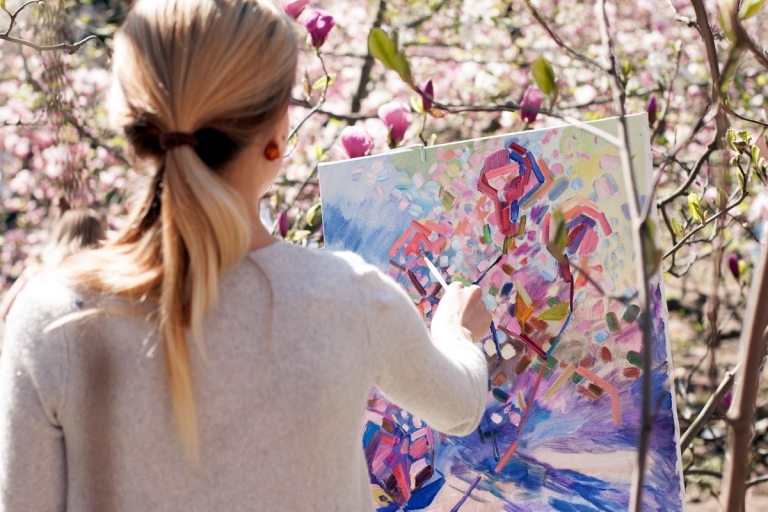
MORGANTOWN, W.Va. — What makes for a good arts community? Good arts communities are those in which affordable housing, entrepreneurial spirit, and the availability of arts venues—such as galleries and coffeehouses—are reversing economic downturn, according to John Villani, the author of “The 100 Best Small Art Towns in America.”
“In places that got their start as agricultural crossroads, lakeside retreats, mining towns, and fishing villages," Villani writes, "local artists and business owners have transformed off-the-beaten-path hamlets into vibrant art towns.”
Real-estate investors should take note. In her Bloomberg Businessweek article “Bohemian Today, High-Rent Tomorrow,” Maya Roney points out that the advance of artists in a community is a sign of its gentrification: “Want to know where a great place to invest in real estate will be five or ten years from now? Look at where artists are living now.”
“Sociologists and policymakers have long been touting art and culture as the cure-all to economically depressed neighborhoods, cities, and regions,” Roney writes. "It has been proven that artists—defined as self-employed visual artists, actors, musicians, writers, etc.—can stimulate local economies in a number of ways.”
Roney says that artists seek out and enhance affordable real estate with economic potential. They provide specialized products that can improve production among local businesses. They enhance the workforce. They’re filling in as baristas and bartenders when not paid for their artistic abilities.
Finding a place in West Virginia to create art
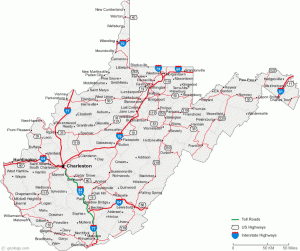
Which West Virginia towns number among its best art communities? Six have been certified by the W.Va. Division of Culture & History as qualified arts communities—Elkins, Wheeling, Lewisburg, and Berkeley Springs and the counties of Wood (including Vienna, Parkersburg, and Williamstown) and Mercer (including Athens, Bluefield, and Princeton).
These certified communities have fulfilled state requirements by providing a list of schools and organizations that make annual funding applications to the W.Va. Commission on the Arts and by describing the activities of their local arts councils and their methods of coordinating cultural planning and involving artists in civic projects.
Top 10 West Virginia Arts Communities
We informally surveyed artists, patrons, and economic development officials across the state to come up with our list of arts communities, including those listed in the roster of certified arts communities. Here, we present those that might generally be considered among the top ten. This is not a definitive list, and readers can expect to see these communities and others examined in the future.
Morgantown
The home of West Virginia University, the state's largest academic institution, Morgantown ranks No. 1 in our list of viable arts communities. The College of Creative Arts at the university enrolls more than 800 students annually. It employs more than 100 arts faculty members, and the community's populace of more than 29,000 relatively affluent and erudite residents supports the economy where artists thrive.
According to Arts Monongahela, a public-private partnership for arts in the region, an economic study completed in 2002 reported that art sustained more than 500 jobs in Morgantown and surrounding Monongalia County over the previous year, provided employees with more than $2 million in compensation, and generated more than $5 million in business volume.
Multiple galleries and performance spaces are provided through West Virginia University at its Creative Arts Center, which includes five public theaters. Private arts venues, such as the Monongalia Arts Center in downtown Morgantown, significantly bolster the community's artistic capacity.
Numerous shops and galleries purvey and display the works of regional artists, while the region's economic success provides the employment opportunities budding artists require. Morgantown was ranked West Virginia's fastest-growing community in 2011 by Bloomberg Businessweek.
Wheeling
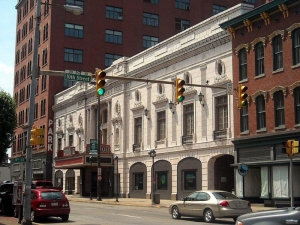
Wheeling, West Virginia, has been called a New York City in miniature. Its collection of row houses, industrial lofts, high rises, and high-style architecture makes it diverse and uniquely urbanized. Fifteen European nationalities came to call Wheeling home in the 1800s—Welsh, Irish, English, German, Slavic, Slovak, Polish, Serbian, Croatian, Italian, Austrian, Hungarian, Bohemian, Dalmatian, and Romanian. Their multinational influence may be felt throughout the city. Old Country craftsmanship and Eastern European sensibilities have shaped the construction and decor of many of its homes and houses of worship.
Artistically, Wheeling may best be known as the home of the Wheeling Jamboree, the pioneering country-music radio show first broadcast in 1933 from the Capitol Theatre in downtown. The Capitol and nearby Victoria Vaudeville Theater, the oldest operating theater in West Virginia, continue to host live performances.
The Wheeling Artisan Center and Oglebay Institute attract skilled artists and artisans to the area by providing exhibition space and marketing regional art. Cafes, clubs, coffeehouses, and restaurants that welcome live music are located throughout the city.
Charleston
West Virginia's capital and largest city, Charleston, West Virginia, is also one of its most attractive arts communities. A large affluent population here supports the arts, while the Appalachian economic downturn has resulted in various affordable housing, particularly in its downtown areas.
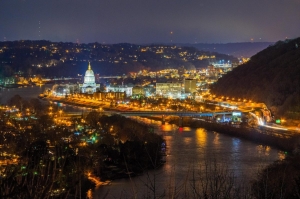
Arts shops and galleries are located throughout the city in the downtown district along the Kanawha River and the surrounding hills. Its bookstores, coffee shops, and nightclubs provide venues for live performances, though the area is also known for sponsoring a continuous calendar of cultural events.
The W.Va. Cultural Center at the state capitol houses the W.Va. Division of Culture & History and hosts arts programs throughout the year in its theaters and galleries. Downtown, the Clay Center for the Arts & Sciences is open daily to the public and likewise sponsors a yearlong parade of exhibits and performances.
For over a quarter century, Charleston has also been home to Mountain Stage, a weekly two-hour radio program recorded before a live audience and distributed internationally by National Public Radio and Voice of America's satellite radio service.
Huntington
The second largest city in West Virginia and the home of Marshall University, Huntington easily ranks among the most artistic communities in the Mountain State. As part of the Ashland, Ky., and Huntington Metropolitan Statistical Area, the city pulls from an immediate market area of more than 280,000 residents.
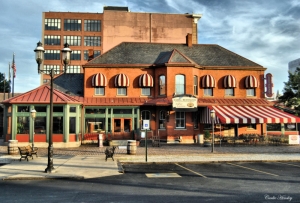
The city developed along the Ohio River based on a plan devised by railroad magnate Collis P. Huntington, who initially determined it would be the western terminus of the Chesapeake & Ohio Railway. As a result, the city benefits from a careful plan, which includes plotted park areas, including Ritter Park and the nearby Huntington Museum of Art.
As a result of its relatively large population, moderate mean rent, and the availability of public transportation, Huntington is an ideal incubator for the arts. To combat the deterioration of its economy, in the 1980s, local developers began to embark on urban renewal projects that saved much of Huntington's city center today. As a result, much housing in the downtown district is available and convenient to open shops, galleries, and performance spaces.
Hinton & Fayetteville
Hinton and Fayetteville anchor the southern and northern ends of the New River Gorge National Park and Preserve. Situated at either end of a wonderland of more than 70,000 acres of rivers, falls, and forests, they share many of the same attributes artistically, including a thriving tourist trade, which has helped bolster demand for the arts among vacationers. Millions of tourists visit both towns annually. Hiking, rafting, and rock climbing are the major attractions in the Fayetteville area, as are fishing, hunting, and skiing (at nearby Winterplace) in the Hinton area.
Both are similar in size: Hinton's population was an estimated 2,500 residents; Fayetteville's was 2,600. Hinton is a valley town and a drive of some 30 minutes from the nearest expressways (Interstates 64 and 77). Fayetteville is a mountain town and site adjacent to the US-19 expressway. Both situations present specific opportunities for the artist. The Love Hope Arts Center at Fayetteville is attracting many local artists.
Davis & Thomas
Davis and Thomas seem to be halves of the same town in many ways. Less than two miles apart, both are located high in the Allegheny Mountains amid the Monongahela National Forest and profit greatly from year-round tourism. In winter, they bustle with skiers visiting the Canaan Valley. Through the warm months, hikers, bikers, and sightseers of every sort tour the area's parklands, which include some of the Mountain State's most famous scenic attractions, including Blackwater Falls and the Dolly Sods Wilderness.
As a result of its pleasant summer weather and proximity to winter resorts, the region attracts many affluent residents and visitors, and a host of galleries and artisan shops do brisk business here. Thomas is home to the Mountainmade Artisan Gallery, the Mountainmade Country Store, and the Purple Fiddle. The "fiddle" hosts a continuous line-up of award-winning musical performers. Davis is the home of the West Virginia Highlands Artisans Gallery and Blackwater Falls State Park. Many artists find the dramatic landscape of the region reason enough to call it home.
Lewisburg
With good reason, National Geographic Magazine has ranked Lewisburg, West Virginia, among the nation's best small-town escapes. In an isolated back valley of the southern Allegheny Mountains, this community of bluegrass farms and Civil War-era homes has been attracting artists, tourists, and affluent residents for over a century.
In one of the most stable agricultural pockets in Appalachia, the Lewisburg area has never weathered the vagaries of boom and bust that other regions have suffered. Deposits of oil and coal that underlay other areas have never attracted and abandoned a significant populace, and so little, thankfully, much of its historical integrity is preserved.
Such economic stability and its preserving influence on the landscape account for much of the reason artists find the town so hospitable. Vacationers wander its historic avenues, often shopping for paintings of the landscapes that have attracted its residents. Traffic in and out of its shops, galleries, and restaurants is also fueled by The Greenbrier, the legendary resort, casino, and mineral spa ten miles east of the town. Luxury master-planned villages are being developed throughout the area, increasing the demand for art and artisans.
Berkeley Springs
Also known as Bath, Berkeley Springs was first developed by George Washington and other investors as an American version of the resort in Bath, England. Though this American version never gained the renown of its counterpart, it has retained a marvelous character unrivaled by any other U.S. community.
A drive of about two hours from downtown Washington, D.C., Berkeley Springs continues to attract tourists throughout the year. Many still immerse in the mineral waters at the full-service spa at Berkeley Springs State Park. Others tour the area to divert from life in the metropolitan lowlands to the east.
Shops, galleries, and restaurants line the streets of Berkeley Springs near its namesake fountains but may be found tucked into corners throughout the wooded countryside. Many Washingtonians have also moved to the area and have increased the demand for arts and craftsmanship.
Martinsburg-Shepherdstown-Charles Town
Each community in this triune of Eastern Panhandle villages deserves its place in our survey. However, we're approaching them as one entry for brevity and due to their proximity. All benefit from their location, just an hour's drive from the Washington, D.C., metro area near Interstates 70 and 81.
Though near one of the most populated areas in the eastern U.S., Martinsburg, Shepherdstown, and Charles Town retain much of their small-town charm. As a result, Washingtonians, in increasing numbers, vacation in the area and are purchasing property there. As with nearby Berkeley Springs, this out-migration has led to a dramatic increase in the demand for arts and the production of handicrafts in these communities.
West Virginia Explorer will publish a list of arts communities in West Virginia annually and will continuously feature arts communities throughout the state. If you want to see your community featured, please contact our editor.
Sign up for a FREE copy of West Virginia Explorer Magazine in your weekly email. Sign me up!


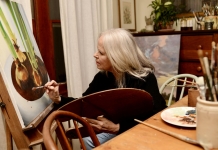
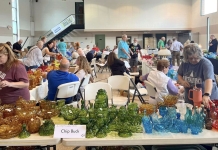
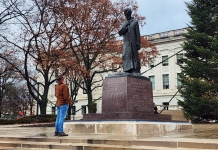
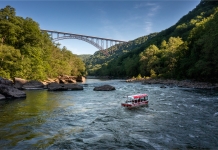
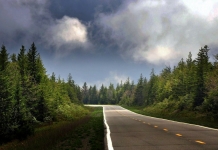
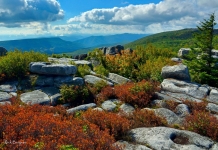
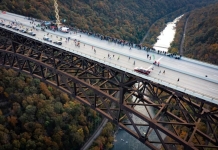


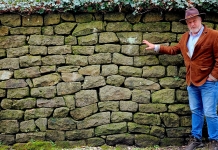
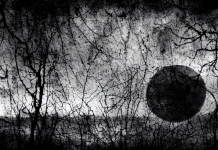
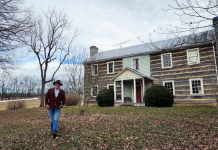
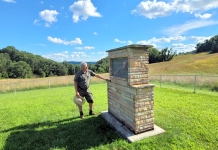
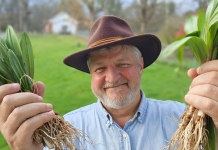
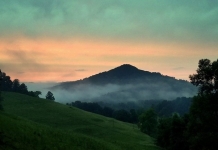




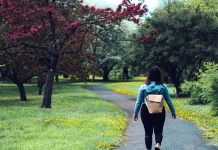

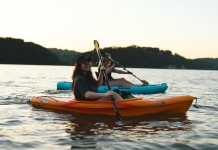

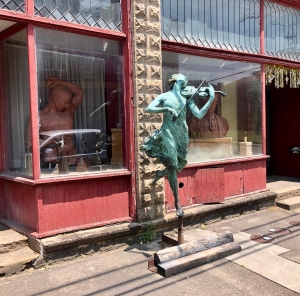
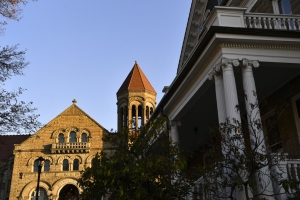
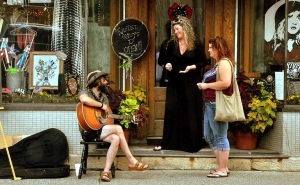
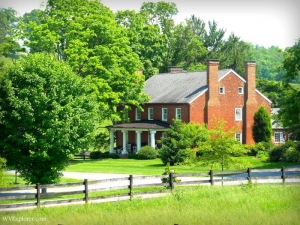
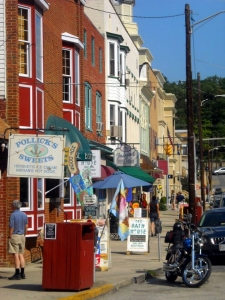




now if we can just turn around the governing bodies of these towns, It's time for fresh young blood with a vision towards the 21st century.